Comments / Questions (77)
![]() Fatima wrote:
Fatima wrote:
Jeg har garn Månestråle der er 200m/25 g. Skal strikke “L” - hvilken pind skal jeg bruge? Tak
30.11.2025 - 22:04
![]() Megan Louise wrote:
Megan Louise wrote:
Glæder mig til at strikke denne sweater! Kunne I overveje at implementere en feature, der lader én sortere kommentar på sprog?
26.10.2025 - 17:23
![]() Beata wrote:
Beata wrote:
Nie umiem doczytać jaka ilość włóczki. Proszę o podpowiedz. z góry dziękuję . Beata
22.10.2025 - 14:19DROPS Design answered:
Witaj Beato, DROPS Kid-Silk 100-100-100-125-125-125 g kolor 13, róż (wybierz cyfrę w zależności od przerabianego rozmiaru) i DROPS Kid-Silk 100-100-100-125-125-125 g kolor 42, migdałowy. Czyli w rozmiarze S będziesz potrzebować 100 g Kid-Silka w kolorze róż (czyli 4 motki) i 100 g Kid-Silka w kolorze migdałowym (4 motki), łącznie 8 motków. Pozdrawiamy!
22.10.2025 - 14:22
![]() Françoise wrote:
Françoise wrote:
Bonjour Madame, merci pour votre premiè réponse. Lorsqu'on commence l'encolure, 3 mailles avant le marqueur 3, doit on augmenter tout de suite, après la 2ème maille? ce que j'ai fait et je me retrouve avec 98 mailles au lieu de 96. Merci.
18.10.2025 - 22:22DROPS Design answered:
Bonjour Francoise, en commençant sur l’endroit, 3 mailles avant le marqueur-3 tricoter en jersey et augmenter pour le RAGLAN – voir ci-dessus, jusqu’à 3 mailles après le marqueur-2 (côté droit du devant) > 8 mailles augmentees. Tourner, serrer le fil et tricoter a l’envers jusqu’à 7 mailles après le marqueur-3. Tourner, serrer le fil et tricoter a l’endroit et augmenter pour le RAGLAN jusqu’à 7 mailles après le marqueur 2 > 8 mailles augmentees.Tourner, serrer le fil et tricoter a l’envers jusqu’à 3 mailles après le marqueur-3. Couper le fil. 80+16=96 mailles. Bon tricot!
19.10.2025 - 09:01
![]() Françoise wrote:
Françoise wrote:
Bonjour, C'est mon premier raglan et j'ai du mal à comprendre le découpage de l'ouvrage. Après avoir posé les marqueurs, pourquoi faut-il couper le fil? Je ne comprends pas à quoi correspondent l'encolure puisque qu'on a fait un col, et l'empiècement? Merci
13.10.2025 - 23:41DROPS Design answered:
Bonjour Françoise, dans ce modèle, on va tricoter des rangs raccourcis pour former l'encolure, ainsi le dos sera légèrement plus haut que le devant. Lorsque vous avez terminé le col et placé vos marqueurs, vous coupez le fil pour commencer le rang suivant sur l'endroit, 3 mailles avant le marqueur -3 (faites glisser les mailles jusque là sur l'aiguille gauche, sans les tricoter). Retrouvez ici, en vidéo comment on tricote ce type d'encolure. Bon tricot!
15.10.2025 - 08:49
![]() Janni wrote:
Janni wrote:
Jeg værdsætter virkelig det nye feature der fremhæver den valgte størrelse.
29.09.2025 - 22:27
![]() Martine Malbranque wrote:
Martine Malbranque wrote:
Bonjour pouvez-vous me dire pourquoi tout les modèles sot pour la plupart aux aiguilles circulaire je ne trouve plus de modèles aux aiguilles droites n'étant pas adeptes de circulaire merci de me donner la réponse cordialement ..
23.09.2025 - 06:33DROPS Design answered:
Bonjour Mme Malbranque, en Scandinavie, il est très fréquent et usuel de tricoter sur des aiguilles circulaires, que l'on tricote en rond ou bien en allers et retours; cette leçon vous donnera quelques infos pour vous permettre d'ajuster les explications sur aiguilles droites. Bon tricot!
24.09.2025 - 16:41
![]() HEIDI HAMMES wrote:
HEIDI HAMMES wrote:
Hallo, in jeder 2. Runde Raglanmaschen zunehmen, heisst das in der 1. Runde Umschläge machen und in der 2. Runde die Umschläge abstricken? Bin noch neuling und freue mich über eine Antwort. Mfg Heidi
15.09.2025 - 18:09DROPS Design answered:
Liebe Heidi, ja, das haben Sie richtig verstanden. 1 Runde mit Umschlägen, in der nächsten Runde keine Umschläge, aber die Umschläge der Vorrunde stricken. Dann wieder 1 Runde mit Umschlägen, usw. Gutes Gelingen!
16.09.2025 - 10:39
![]() Ulla wrote:
Ulla wrote:
Hei, kun kaarrokkeen ensimmäiset lisäykset jkt kerros on loppunut ja jatketaan kaarrokkeen lisäyksiä jkt kerros ja jok 4. kerros, niin tehdäänkö lisäykset alussa numeroitujen mukaan? Vai tehdäänkö lisäykset jkt kerros työn takana ja joka 4.kerros työn edessä?t. Ulla
31.08.2025 - 18:08DROPS Design answered:
Hei, miehustan lisäykset (edessä ja takana) tehdään jatkossa joka 2.kerros ja hihojen lisäykset tehdään joka 4.kerros.
12.09.2025 - 18:56
![]() Ulla wrote:
Ulla wrote:
Hei, kun kaarrokkeen ensimmäiset lisäykset jkt kerros on loppunut ja jatketaan kaarrokkeen lisäyksiä jkt kerros ja jok 4. kerros, niin tehdäänkö lisäykset alussa numeroitujen mukaan? Vai tehdäänkö lisäykset jkt kerros työn takana ja joka 4.kerros työn edessä?t. Ulla
31.08.2025 - 18:08
Cranberry Kiss Sweater#cranberrykisssweater |
|
 |
 |
Knitted jumper in 2 strands DROPS Kid-Silk. The piece is worked top down with raglan, stocking stitch and double neck. Sizes S - XXXL.
DROPS 235-8 |
|
|
------------------------------------------------------- EXPLANATIONS FOR THE PATTERN: ------------------------------------------------------- RAGLAN: Increase 1 stitch on both sides of 2 stitches in each transition between the body and sleeves; the marker sits between these 2 stitches (8 increases on the round). Increase 1 stitch by making 1 yarn over, which is then worked twisted on the next round to avoid holes. Work the new stitches in stocking stitch. DECREASE TIP (for sleeves): Start 3 stitches before the marker, knit 2 together, knit 2 (marker sits between these 2 stitches), slip 1 stitch as if to knit, knit 1 and pass the slipped stitch over the knitted stitch. ------------------------------------------------------- START THE PIECE HERE: ------------------------------------------------------- JUMPER – SHORT OVERVIEW OF THE PIECE: The neck and yoke are worked in the round with circular needle, from mid back and top down. The yoke is divided for body and sleeves and the body is continued in the round with circular needle. The sleeves are worked in the round with short circular needle/double pointed needles. DOUBLE NECK: Cast on 80-80-88-96-96-104 stitches with one strand of each colour DROPS Kid-Silk, using short circular needles size 3.5 and size 5 mm held together. Remove the needle size 5 mm keeping the stitches on the needle size 3,5 mm (doing this gives you an elastic cast-on edge). Knit 1 round then work rib (knit 2, purl 2) for 12 cm. Fold the neck double to the inside and knit 1 round, where every 2nd stitch is knitted together with its corresponding stitch on the cast-on edge. This gives a double neck. Change to circular needle size 5 mm. Insert 4 markers without working the stitches; these are used when increasing for raglan and each marker is inserted between 2 stitches: Count 9-9-13-13-13-17 stitches (half back piece), insert marker-1, count 20 stitches (sleeve), insert marker-2, count 20-20-24-28-28-32 stitches (front piece), insert marker-3, count 20 stitches (sleeve), insert marker-4, there are 11-11-11-15-15-15 stitches left after marker-4 (half back piece). Cut the strand. NECK-LINE: Now work a neck-line with short rows: Start from the right side, 3 stitches before marker-3 (front left-hand side of neck when garment is worn). Work stocking stitch and increase for RAGLAN – read description above, until you are 3 stitches past marker-2 (front right-hand side of neck). Turn, tighten the strand and work back to 7 stitches past marker-3. Turn, tighten the strand and work back to 7 stitches past marker-2 – remember to increase for raglan. Turn, tighten the strand and work back to 3 stitches past marker-3. Cut the strand. YOKE: = 96-96-104-112-112-120 stitches. Start mid-back and continue to increase for raglan every 2nd round a total of 12-14-16-17-15-13 times (including the increases on the short rows) = 176-192-216-232-216-208 stitches. Continue with stocking stitch and increases for raglan, but every 2nd increase is only on the body; i.e. you increase on the body every 2nd round and on the sleeves every 4th round. Increase like this 12-12-12-12-18-22 times on the body (6-6-6-6-9-11 times on the sleeves), a total of 24-26-28-29-33-35 times on the body and 18-20-22-23-24-24 times on the sleeves. After the last increase there are 248-264-288-304-324-340 stitches and the yoke measures approx. 22-25-26-27-30-32 cm measured mid-front and from after the neck. If necessary continue working without increasing to the correct measurement. Divide the yoke for the body and sleeves as follows: Work the first 36-38-44-45-49-55 stitches (half back piece), place the next 50-54-58-60-62-62 stitches on a thread for the sleeve, cast on 8-10-10-12-14-16 stitches (in side under sleeve), work 74-78-86-92-100-108 stitches (front piece), place the next 50-54-58-60-62-62 stitches on a thread for the sleeve, cast on 8-10-10-12-14-16 stitches (in side under sleeve), work the remaining 38-40-42-47-51-53 stitches (half back piece). BODY: = 164-176-192-208-228-248 stitches. Continue with stocking stitch in the round for a further 17-16-17-18-17-17 cm. Knit 1 round and increase 16-16-20-20-24-24 stitches evenly spaced =180-192-212-228-252-272 stitches. Change to circular needle size 3.5 mm. Work rib (knit 2, purl 2) for 8 cm. Cast off. The jumper measures approx. 52-54-56-58-60-62 cm from the shoulder down. SLEEVES: Place the 50-54-58-60-62-62 stitches from the thread on the one side of the piece on short circular needle/double pointed needles size 5 mm and knit up 1 stitch in each of the new stitches cast on under the sleeve = 58-64-68-72-76-78 stitches. Insert a marker thread in the middle of the new stitches mid-under the sleeve. Continue in the round with stocking stitch for 4 cm. Now decrease 2 stitches under the sleeve – read DECREASE TIP. Decrease like this every 5-3½-2½-2½-2-1½ cm a total of 6-8-9-10-11-11 times = 46-48-50-52-54-56 stitches. Continue working until the sleeve measures 32-30-29-28-26-24 cm. Knit 1 round where you increase 6-4-6-4-6-4 stitches evenly spaced = 52-52-56-56-60-60 stitches. Change to double pointed needles size 3.5 mm and work rib (knit 2, purl 2) for 10 cm. Cast off. The sleeve measures approx. 42-40-39-38-36-34 cm from the division. Work the other sleeve in the same way. |
|
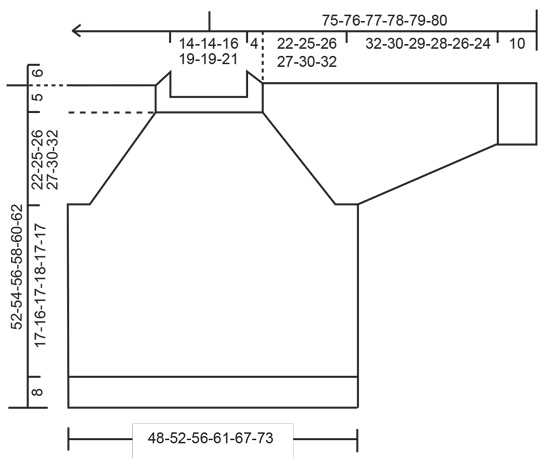 |
|
Have you finished this pattern?Tag your pictures with #dropspattern #cranberrykisssweater or submit them to the #dropsfan gallery. Do you need help with this pattern?You'll find 29 tutorial videos, a Comments/Questions area and more by visiting the pattern on garnstudio.com. © 1982-2025 DROPS Design A/S. We reserve all rights. This document, including all its sub-sections, has copyrights. Read more about what you can do with our patterns at the bottom of each pattern on our site. |
|










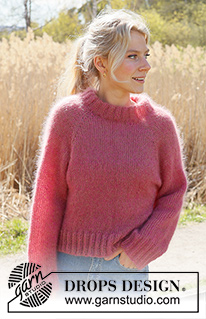

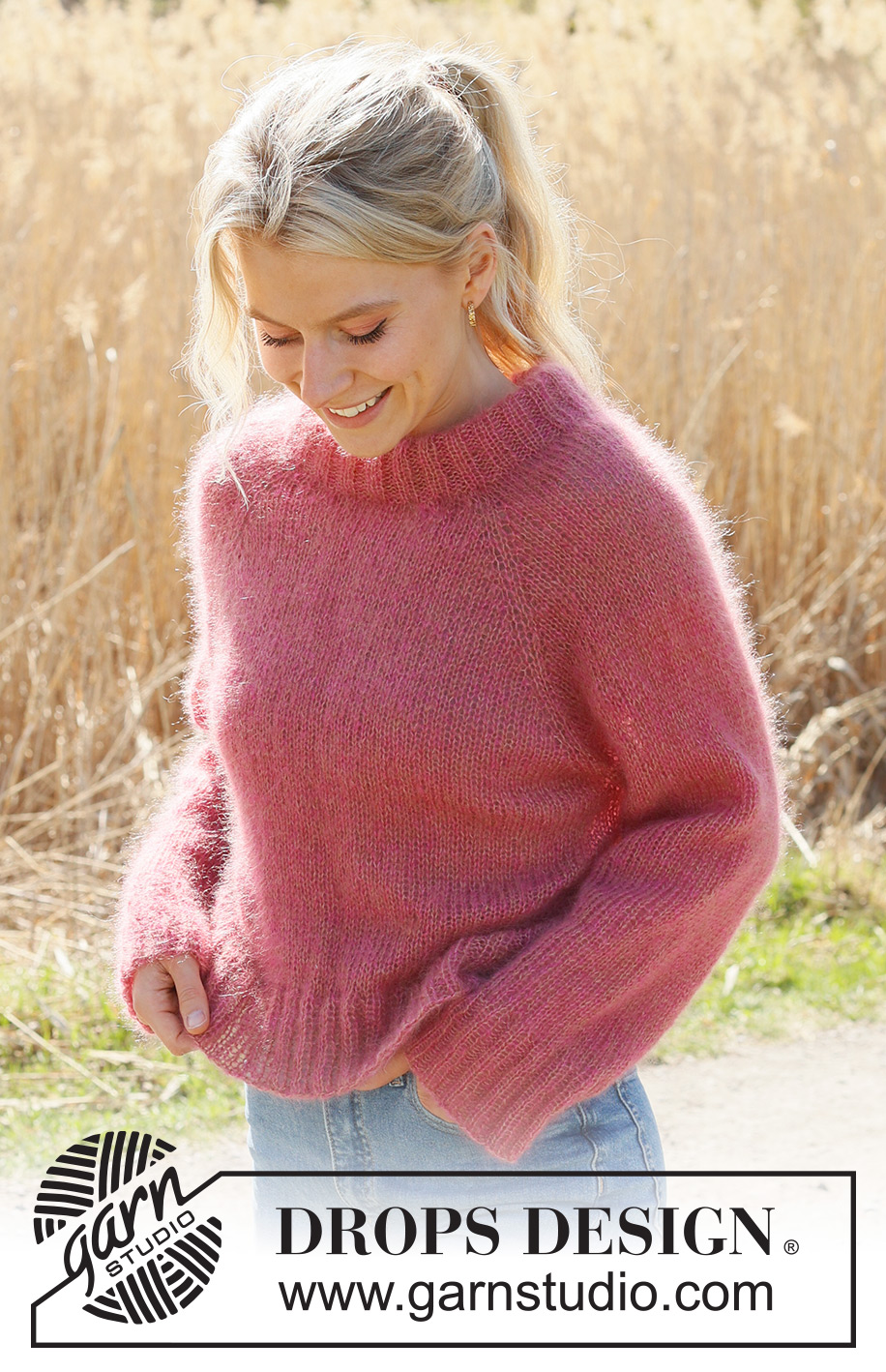
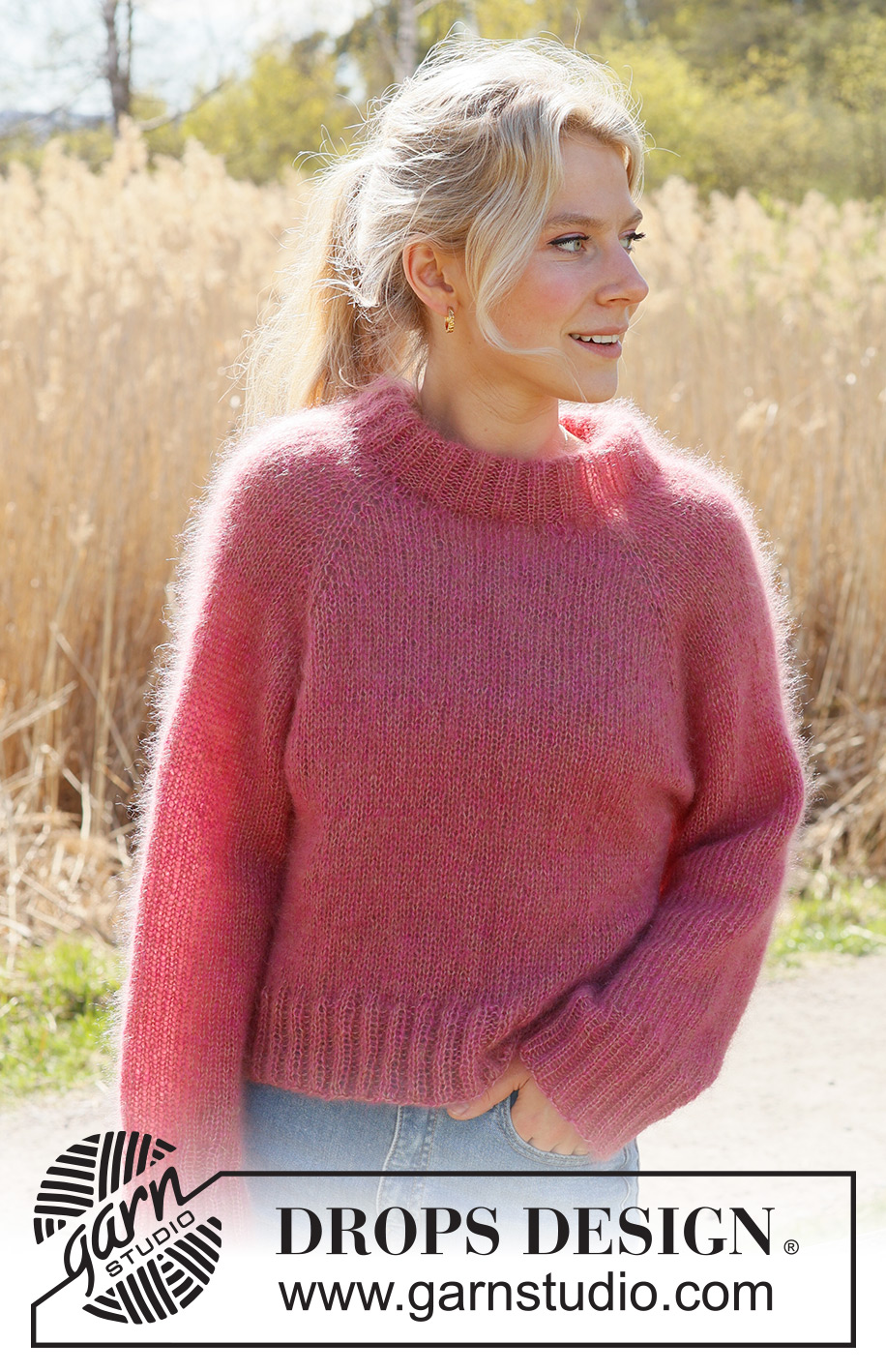















































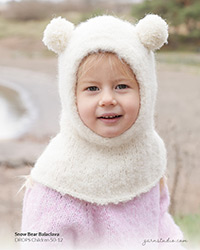
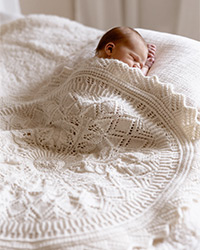
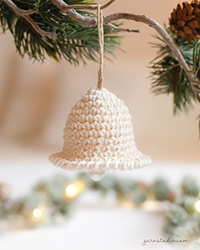
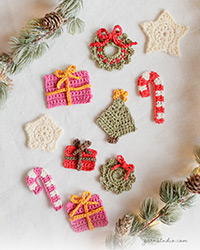
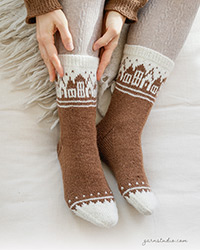

Post a comment to pattern DROPS 235-8
We would love to hear what you have to say about this pattern!
If you want to leave a question, please make sure you select the correct category in the form below, to speed up the answering process. Required fields are marked *.